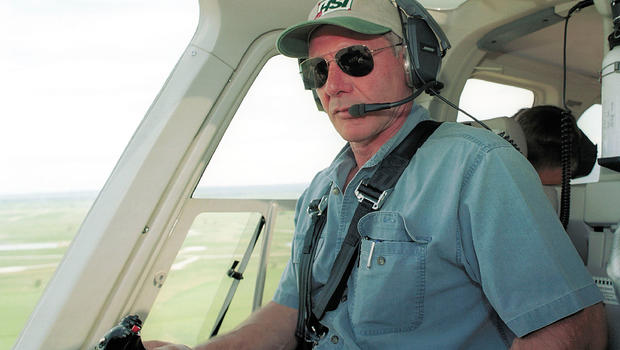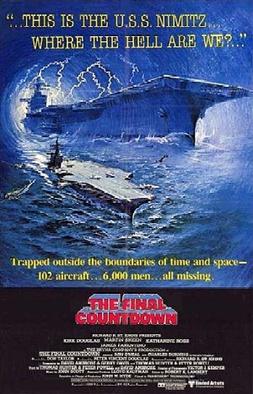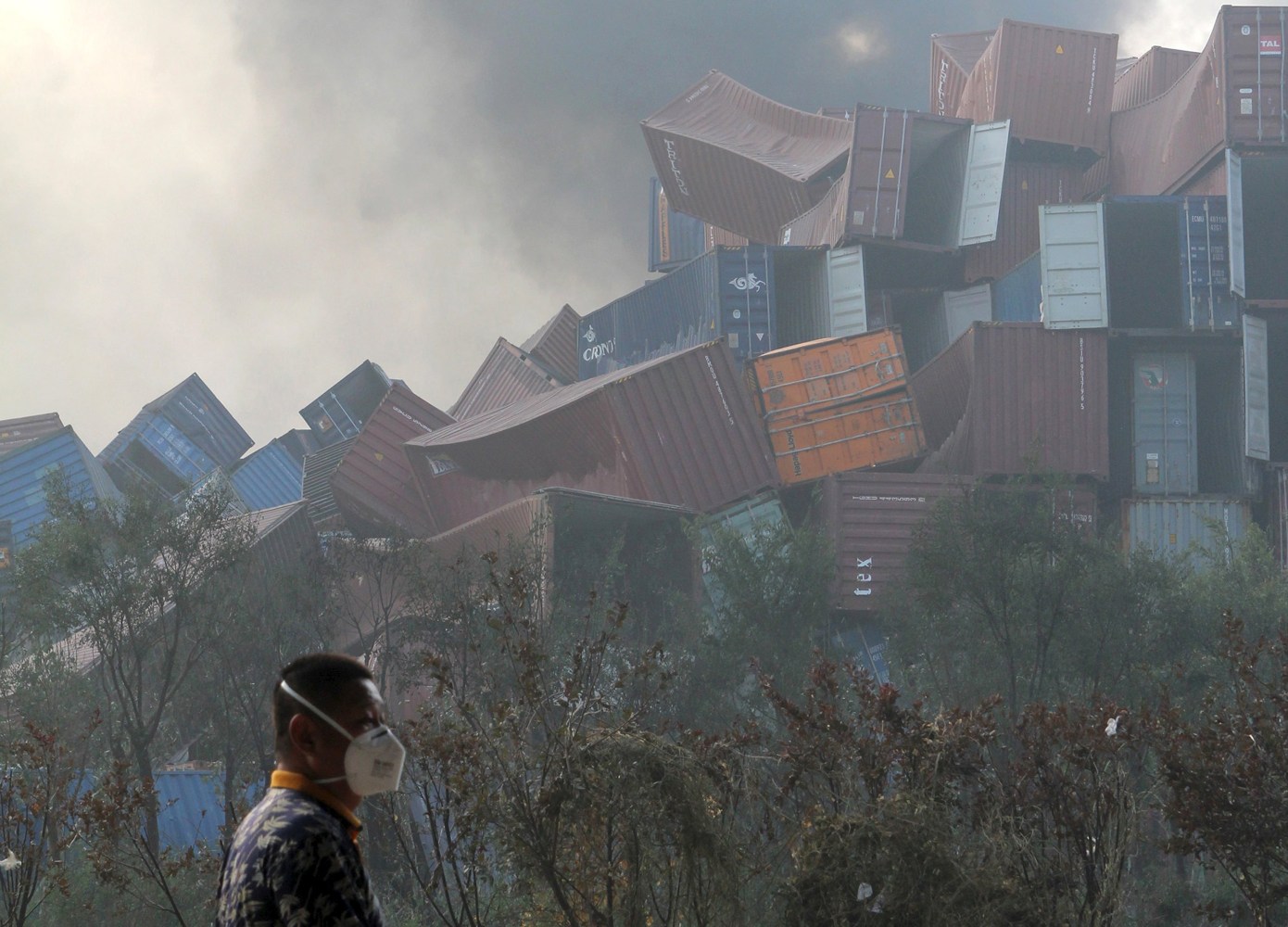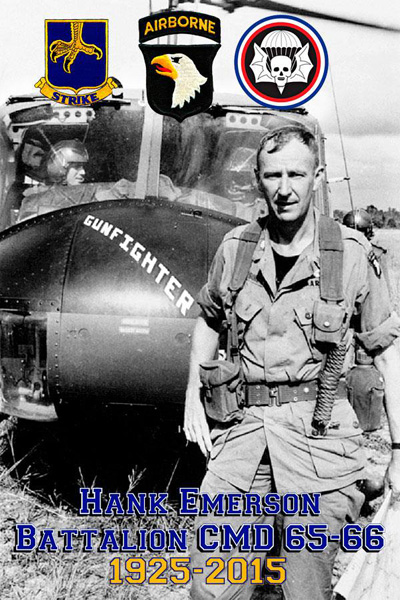At the first of the Vietnam War, helicopters commonly provided rapid transit for troops attempting to employ a “cordon and sweep” maneuver to round
up the enemy.
Shortly afterward, using tactics mostly likely borrowed
from Algerian rebels, the North Vietnamese learned how to shoot American helicopters down. Americans tried new tactics and new helicopters.
While most air-assault missions failed to find and fix the enemy,
there were some units who achieved continuing success before the
U.S. began pulling out of Vietnam in early 1969. This came
in part by using the new helicopters in new ways, but also by knowing when not to use them. Some of the most valuable lessons came from from the pre-helicopter
era.
Emerson's innovations
were not heavily publicized during the war, nor in popular treatments of
the war afterward. But the men who served under him had a high opinion of him. I interviewed Gen. Emerson at length for my book, The God Machine.
And I'm glad I had that chance, since the Gunfighter died in February.
I first
came across references to the Gunfighter's story while reading through transcripts of songs taped during talent shows put on by Army aviators
during the war. Many were musical complaints about foolhardy
missions, clueless commanders, mechanical malfunctions, and mistakes
committed by novice pilots. Some songs took aim at the growing fame
of Green Berets, who the writers called “Sneaky Petes.”
Since
commanders usually come off badly in any song or skit drafted by
combat troops, one song stood out. Titled “Gunslinger,” it
referred to a lieutenant colonel named Hank with the 101st Airborne
Division. In the song, the colonel’s helicopter is shot down after
enemy fire cuts the hydraulic lines. Rather than hunker down for
rescue, Hank gathers his men, strikes up a song, and goes out to
chase down the Victor Charlie who shot at him.
The enemy replies with
hand grenades but the colonel roars his defiance and is victorious.
He opens up two canteens of whiskey and shares them with the troops
as they await a lift out.
“I
never had a better time or met a better gang,” the song concludes,
“The night we whooped old Charlie’s ass then partied in Phan
Rang.”
“The
unusual part of all of this is that ‘Hank’ was not a pilot or
crew member,” remarked Marty Heuer, a former officer of the 174th
Assault Helicopter Company who helped gather the song archive.
According to Benjamin Harrison, then a brigade commander in Vietnam
with the 101st Airborne, the songwriter clearly was referring to Col.
Henry Everett Emerson, known as “Gunfighter” to his men. I
located Emerson in Montana.
Emerson’s
first brush with the long war in Indochina came in March 1953, as a
military aide to Gen. Mark Clark. Dwight Eisenhower had asked Clark
to bring back a personal report. Emerson, who by then had experience
as a platoon leader and company commander for the 442nd RegimentalCombat Team in Korea, spent hours swapping stories with the officers
of the French Expeditionary Corps.
The
French described how the Viet Minh were cutting up their truck
convoys with ambuscades. “They had the flower of the French Army
there,” Emerson told me. “These were Legionnaires, and first
rate, but they were having a hell of a time…. Clark sent a letter
back, saying ‘This is a morass, we want no part of this.’ And Ike
stayed out of it. The terrain was all wrong, and there were long
logistics lines.”
By 1965, some strategists believed that helicopters had permanently tipped the scales to give the advantage to Western airmobile forces. They pointed to how U.S. troops brought devastating firepower
to bear at the battle of Ia Drang, but such opportunities proved
to be rare as the enemy learned and adapted.
What good was a mechanized force that struck like so many
lightning bolts, if the enemy refused to come out and fight fair?
Were American forces incapable of driving the enemy out of South
Vietnam?
Such
questions were timely to then-Army Lt. Col. Hank Emerson. In 1965
Emerson was at the U.S. Army War College at Carlisle, Pennsylvania,
preparing for his first tour in Vietnam as a battalion commander for
the 101st Airborne Division. Feeling that the standard curriculum
would not help him there, he cut classes and burrowed into the
library. Emerson read books by Mao Zedong and Vo Nguyen Giap. He read
about the French-Indian War and border wars on the American frontier.
“I was most interested in guerrilla tactics,” Emerson recalled,
“where the enemy fights like Indians.” Early in his military
career Giap had similarly spent many days reading classic military
literature, working out tactics against French and then Japanese
occupiers.
One of
the books of special interest to Emerson was Shoot to Kill, by
British infantry commander Richard Miers. Miers explained how,
beginning in 1951, the British worked out tactics to surround
insurgents they called CTs, for “Communist Terrorists," based in the
Malayan jungles. Four platoons radiated from a common center.
As the
tactic evolved, the British “Ferret Force” began using
helicopters supplied by the Royal Navy to surround and capture
insurgents. The helicopter unit was the 848 Squadron, whose feisty
motto was acip hoc, Latin for “Take that!”
The
British had progressed beyond the truck-minded use of helicopters to
employ them in setting up a cordon, or ring, with which to trap
insurgent forces in the jungles of Pahang for capture or aerial
bombing. Later this would be called vertical envelopment. Guided by
the commander in an orbiting helicopter, Westland and Sikorsky
helicopters of the 848 Squadron shifted infantry units to surround
the enemy, using jungle clearings when possible.
When the troops
needed to make a clearing they slid down on ropes and cut the trees
with saws and the head-high grass with parang knives. By 1952 the
British under Gerald Templer had insurgent leader Chin Peng on the
run, having killed four of his top commanders.
Intrigued
by the lessons that the British had worked out during their years in
the Malay jungles and rubber plantations, Emerson wrote a term paper
on the subject (which is still cited
in operations manuals of the 101st Airborne Division, entitled “Can
We Out-guerrilla the Communist Guerrillas." (Emerson's paper is not available online as far as I know, but more information can be found in this book on the Army's counter-insurgency doctrine.)
Emerson proposed a
set of infantry tactics for Vietnam that evolved from Ferret Force tactics. For one thing, Emerson told me, the Ferret Force’s “weakness was being tied to a base,
and the enemy would learn that base pretty soon.” After leaving the
War College, Emerson tried out his tactics during field exercises at
Fort Pickett and in the Dominican Republic.
In
October 1965 Emerson took command of Second
Battalion, First Brigade, 502nd Regiment, 101st Airborne Division.
The forested north-central region in which he would operate (labeled
II Corps and III Corps on American maps) was serving as a slow-motion
highway for North Vietnamese invaders who passed through on foot. It
was a year of rapidly escalating conflict. Seemingly the entire NVA
was migrating toward the rice paddies and cities of the South, ten to
fifteen men at a time. He had orders to find and destroy them.
Emerson’s
paper laid out an approach he called the Checkerboard. While
Checkerboard varied according to terrain, it relied on three
basic elements. The first was infantry: three to four rifle companies
from his battalion, broken into smaller units. All units kept in
touch by radio. There were Recondo squads who served as scouts, and
smaller groups that maintained observation posts by which to monitor
enemy movement. Typically Emerson’s battalion kept one rifle
company in reserve.
The
second element was a very limited use of helicopters to move
infantrymen around the area of operations. Whenever possible, “We
all walked,” said Thomas H. Taylor, one of Emerson’s company
commanders. “We didn’t want to insert by helicopter because the
NVA would know our location. We’d slip through the jungle and meet
at a trail junction or near a rice cache.”
The
third element was artillery positioned on hilltops that could lay
down a steady stream of shellfire for miles in all directions.
In Emerson's original conception, these elements were to play out across a
checkerboard on which U.S. troops would move like game pieces,
choosing their own moves to block the movements of NVA forces from
north to south. This from the Army's Center for Military History:
While in
practice Checkerboard did not play out as simply as a sand table
exercise, Emerson stuck to his first principles: keep fighting men in
the field for as many days as possible, move fast and stealthily, and
direct the enemy into well-laid traps rather than blunder into random
firefights. Each time upon walking into a new area, the American
scouts and observers spent days inspecting the terrain to find paths
being used by NVA troops in transit.
Once the
patterns and bivouac locations were known, they radioed back to
headquarters. If artillery was in order, a request might go: lay down
a barrage at 0200 hours on the following enemy areas, but not the
adjacent friendly ones.
The
artillery fire was not to destroy the enemy in camp but to roust him.
“So the VC would go running down the trail, just like anybody else
would,” said Brien Richards, an infantryman for the Second
Battalion. “The artillery would keep ‘em moving and they never
knew where we were.”
The Recondos were laying in wait inside
“friendly” areas, along the expected path of NVA movement.
Emerson’s men had prepared fields of fire. They used grenade
launchers and automatic weapons, but the most devastating were
Claymore mines, which when detonated, sprayed shrapnel like massed
machine guns.
The
Claymores were arrayed in L-shaped patterns, and detonated by wire.
Employing them required the ambushing squads to allow the enemy’s
point-men to walk through the U.S. lines. Taylor says Emerson’s
vision came closest to his 1965 paper in an action in War Zone D,
appropriately called Operation Checkerboard. In such open country
there were no well-defined corridors of foot travel, so the battalion
set up a checkerboard of friendly and enemy grid-squares.
In all
its variations, the Checkerboard usually worked. According to a
combat report in Newsweek, by mid-1966 Emerson’s battalion
was beating the enemy on its home field: moving like ghosts, laying
ambushes, and hauling rucksacks with maximum ammunition and minimum
rations.
A typical ration was a little canned meat and a few pounds
of rice, which lasted one man five days until the next resupply
mission by air. “We went out heavily gunned, carrying ammo, ammo
and more ammo, then water,” Richards told me.
“They
stayed totally on the move,” Emerson said of his men. “Instead of
me picking out an ambush for them, the decisions were decentralized
to the lowest level.”
Helicopters
kept Emerson’s men hustling to NVA footpaths all over north-central
South Vietnam, from A Shau Valley in the west to Tuy Hoa on the
coast. What the helicopters didn’t do was to run the men back to
camp for hot food, showers, and beer. According to Jim Gould of the
Recondos, the troops stayed in the field for as much as three weeks
at a stretch, followed by a three-day break. “Then it’s back out
we go,” Gould says. “In the early days we did not have what was
known as fire bases. We just traveled around the country: set up an
LZ, ran the mission and moved on to another LZ.”
Emerson
extended his tour an extra six months, but the Army moved him out of
country in October 1966. He began laying plans for a return.
I'll
describe Emerson's second tour, and its fiery end in Vietnam's Mekong Delta, in a later post.





















